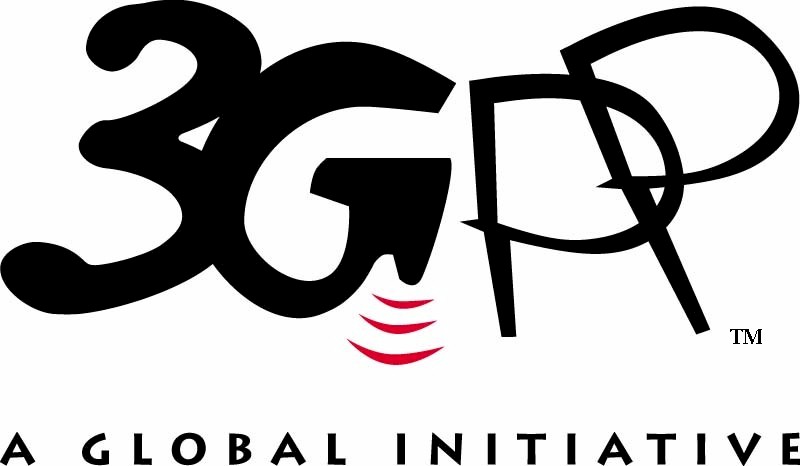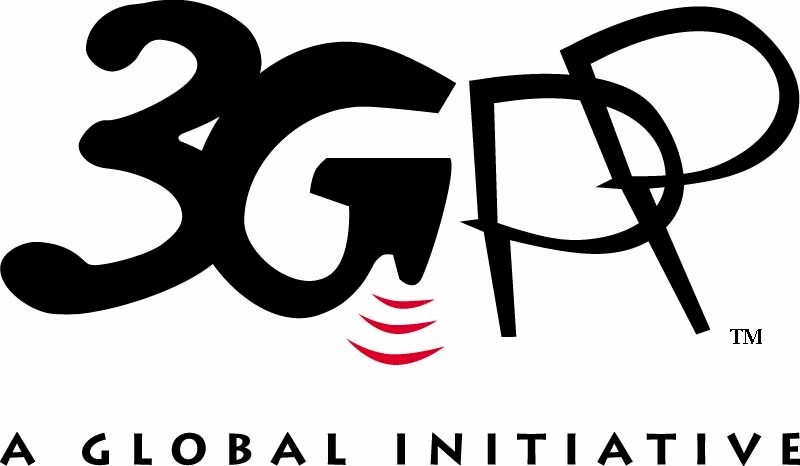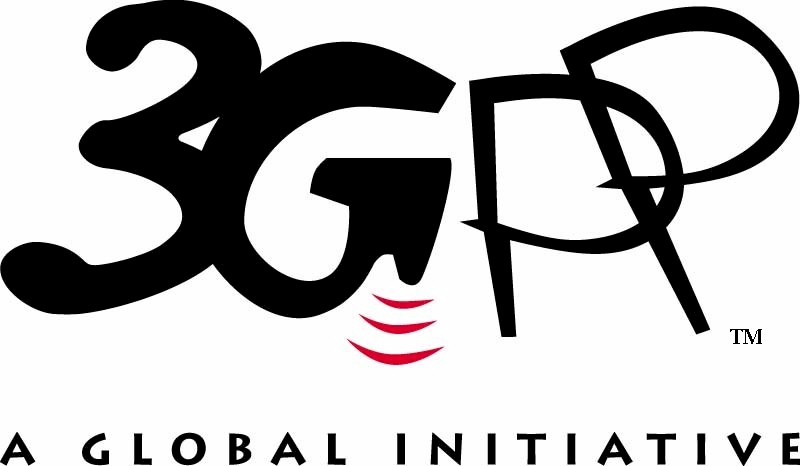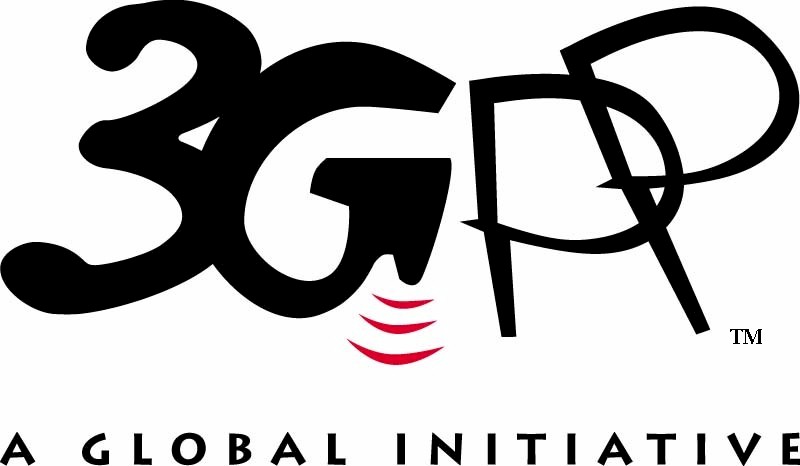IEEE - EDG-WG - Employer Data Governance working group
This standard is designed to provide organizations with a set of clear guidelines and certifications guaranteeing they are storing, protecting, and utilizing employee data in an ethical and transparent way. It is also designed to help employers with an understanding that most individuals may not be tech-savvy enough to understand underlying issues of data usage, but still must be properly informed about the safety of their employee data to be provided with tools and services that provide proper opportunities for content based, pre-informed choice regarding how they share their information in the workplace. Modelled after the EU GDPR legislation, this Standard will be designed to be a form of "GDPR for Employees" guaranteeing that workers facing widespread automation issues potentially displacing their jobs will have control and influence over the personal information that directly represents a core asset of their identity and lives whether derived from work-flow monitoring or personal data storage.
Development Statuts: Under development
Openess: Working groups are open for experts and their contributions but experts need to either become IEEE-SA Members by paying an annual member fee or pay a per-ballot fee in order to participate in ballots.
Published standards can be purchased from IEEE.











